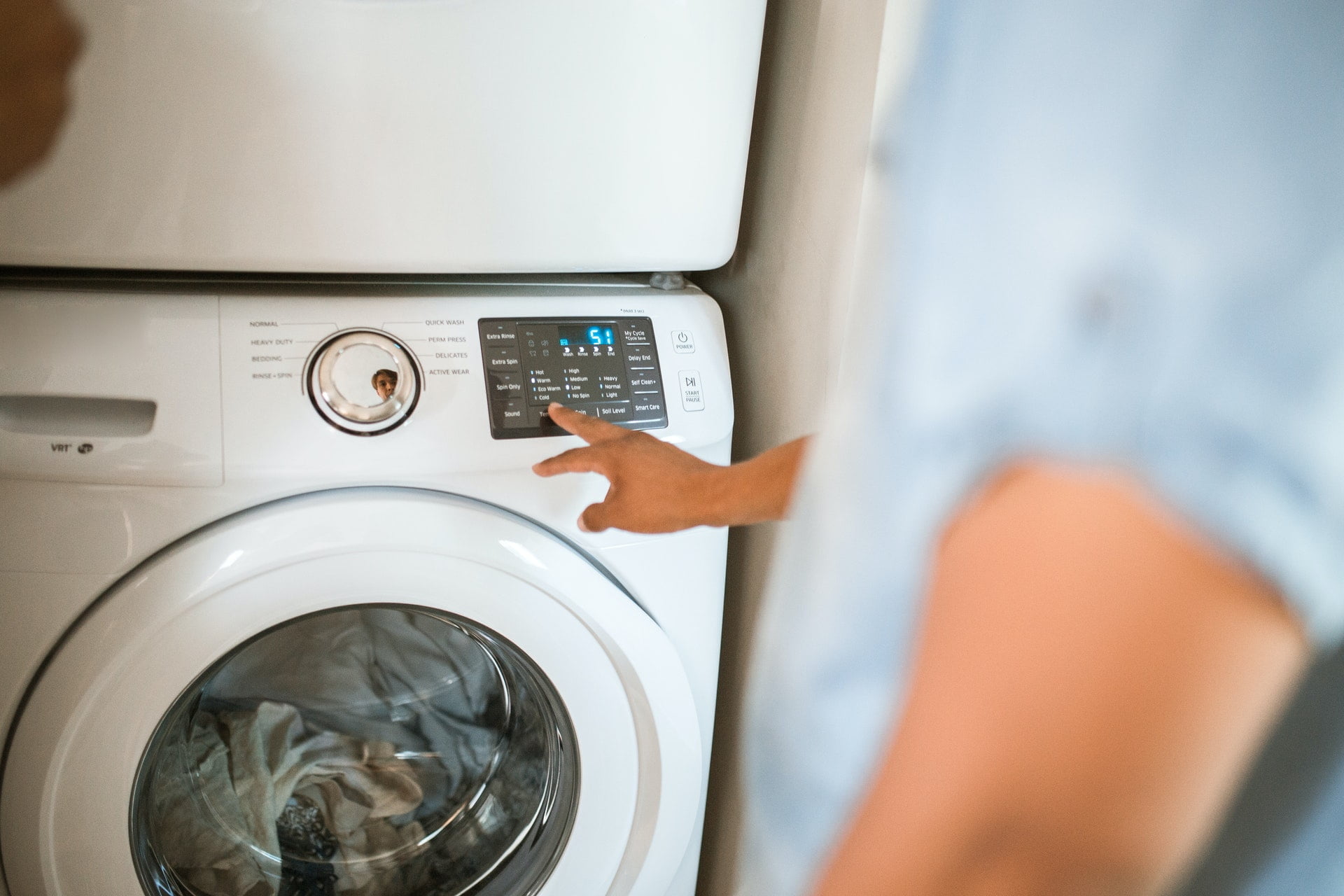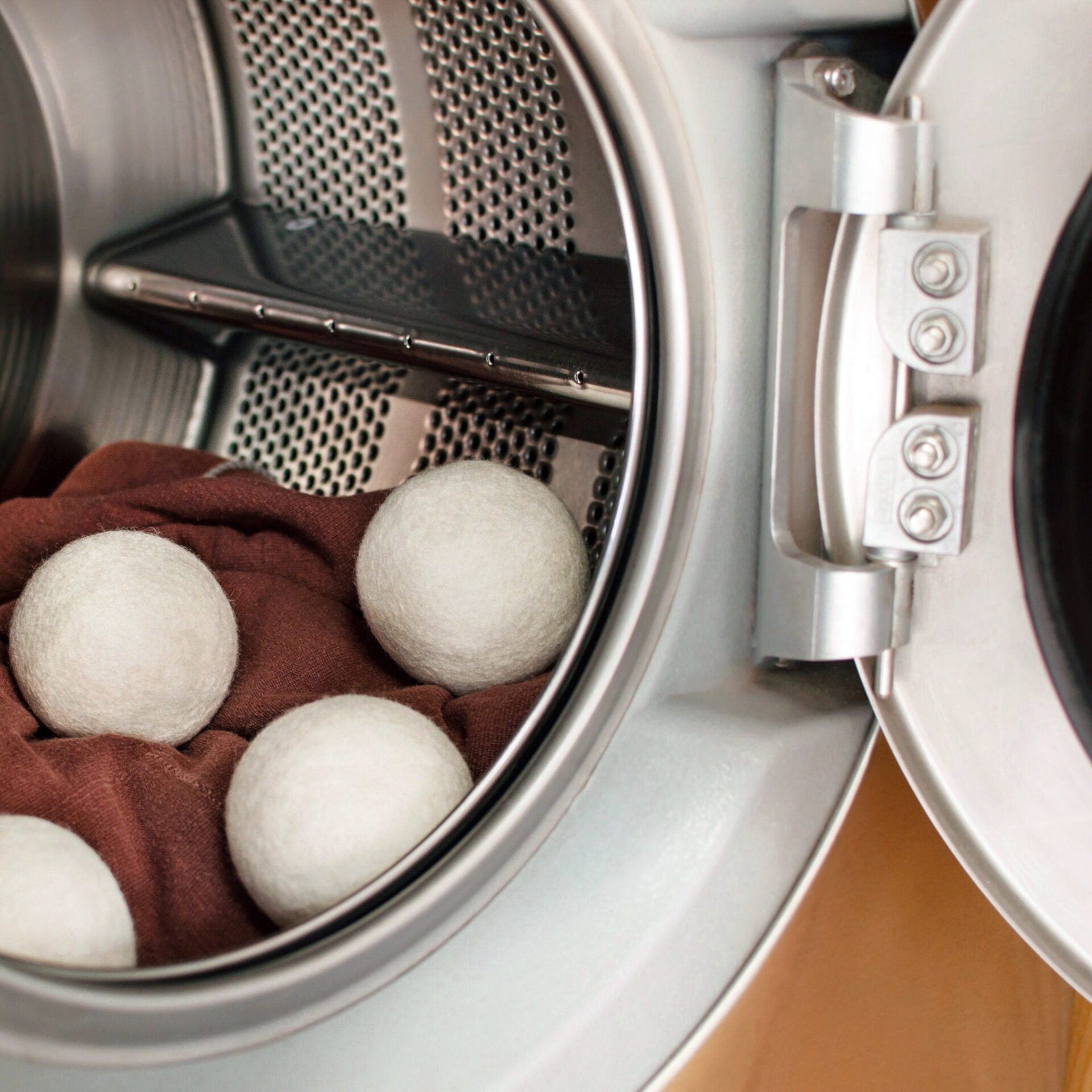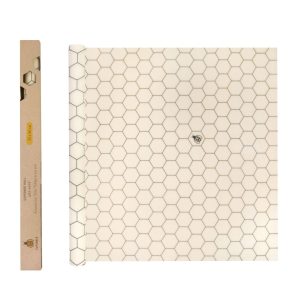How to Refresh Wool Dryer Balls: A Step-By-Step Guide
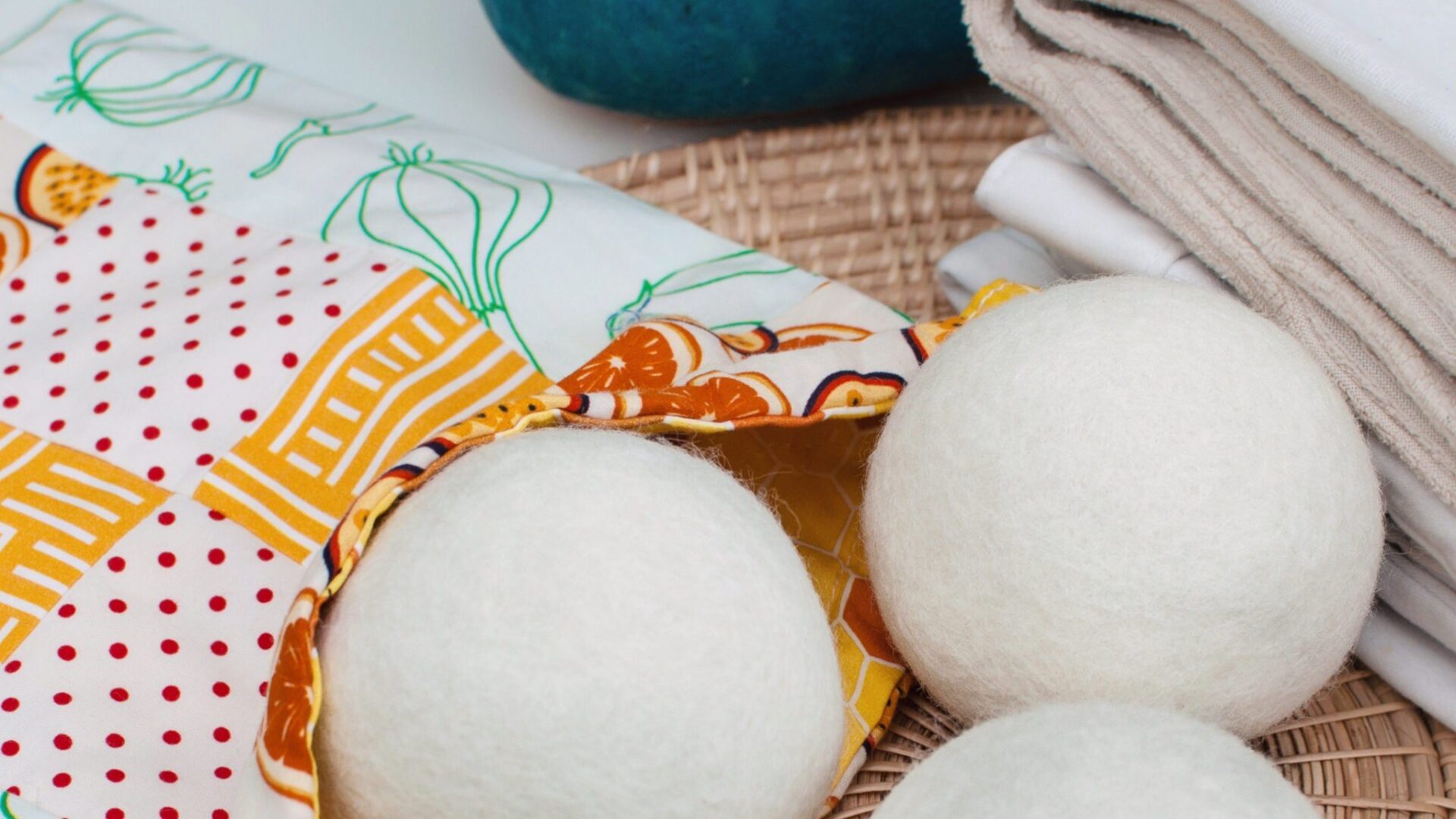
Wool dryer balls are our favorite way of cutting down the drying time of the laundry — after all, they can help you save up to 30% of electricity for each load. But, if, like us, you’ve been using drying balls for a while now, you’ll discover that they can start looking a little bit out of sorts.
Wool dryer balls can typically be used for up to 1,000 loads — which is a pretty long time in laundry years. But if they’re starting to attract lint or looking a little bit unraveled, you might be wondering if it’s time to lay them to rest in your compost bin.

Hold on a second! It’s possible you can get even more dry cycles out of them just yet with a quick and simple hack: refreshing your wool dryer balls. Reviving them is easy-peasy; just follow these three steps and you’ll have dryer balls ready to save you electricity on loads more laundry loads.
How exactly do wool dryer balls work?
Before we begin, it’s important to understand how these nifty balls of wool actually work. Made from 100% organic sheep’s wool, they’re designed to bounce around inside your dryer, creating air pockets that allow the moisture from your clothes to escape quickly, thus speeding up the drying time. Because they’re naturally moisture-wicking, these woollen balls absorb water as they go, too.
And, because they’re 100% natural and organic, they don’t shed micro-plastics or contribute to pollution like dryer sheets. Instead, they speed up the drying process in order to save on electricity, money, and environmental impact in one fell swoop.
Why should you refresh your wool dryer balls?
After heavy use, the wool in your dryer balls can start drying out themselves. This means they become less useful at absorbing moisture and therefore in need of a bit of TLC. By caring for your wool dryer balls, you’ll ensure they last even longer — a money-saving trick for your laundry and a nice little boost for the environment, too.

How to revive wool dryer balls
Step one: Wash your wool dryer balls
Lint or fiber build-up on your dryer balls can lead to them being less effective than usual. The best way to address this is by running your dryer balls through the washing machine on a gentle cycle using hot water. Put them in a sock to protect them from the washing machine, throw them in with other laundry, and off they go.
Step two: Dry them on a high heat
Once they’ve been washed, the next step is to throw them into your dryer on a normal cycle. Because they’re made of absorbent wool, they might end up being quite heavy post-wash, and might take a long time to dry. Keep an eye on them and ensure they’re fully dried before you take them out of the machine.
Step three: Use them on your next drying cycle
Et voila! Your drying balls should be ready to throw into your next batch of laundry. For that subtle touch of fragrance, don’t forget to add a couple of drops of your favorite essential oils to the balls before you do — this is a non-toxic and environmentally-friendly way of giving your clothes that perfect just-laundered scent!
Use them in your everyday laundry with our organic, natural, and non-toxic detergent alternative, the Hexawash for 100% planet-friendly laundry each and every load!
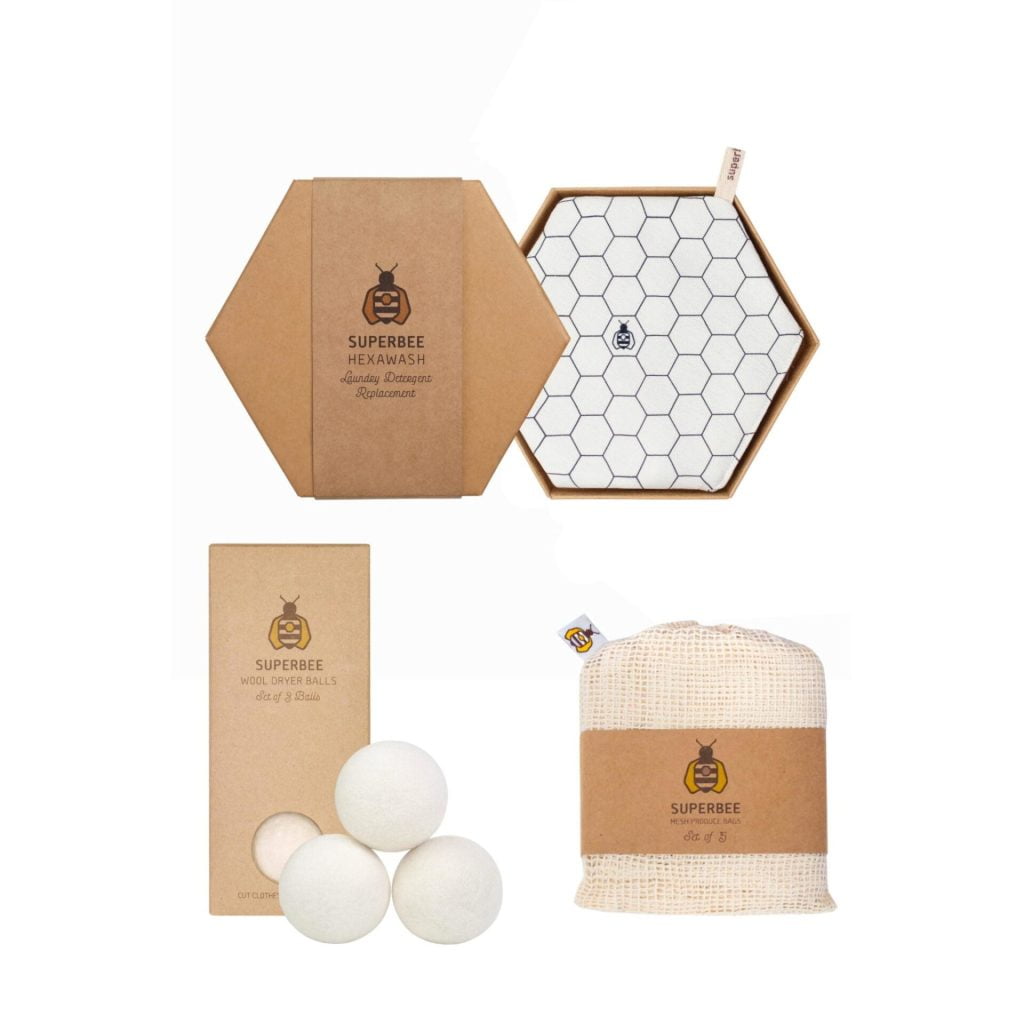
What can you do with old dryer balls?
You’ve revived your dryer balls but it’s finally time to say goodbye to them. How can you dispose of them in an environmentally-conscious way? Because wool dryer balls are completely natural, they will biodegrade in your compost bin, compost heap, or even just in the soil in your back garden.
Alternatively, if you’re good with crafts, you could turn the wool balls into a toy for your dog or even use them as scented balls to keep your clothes fresh when stored in your cupboard or chest of drawers; just add a few drops of essential oils to them before placing them with your clothes.
After heavy use, the wool in your dryer balls can start drying out themselves. This means they become less useful at absorbing moisture and therefore in need of a bit of TLC. By caring for your wool dryer balls, you’ll ensure they last even longer — a money-saving trick for your laundry and a nice little boost for the environment, too.